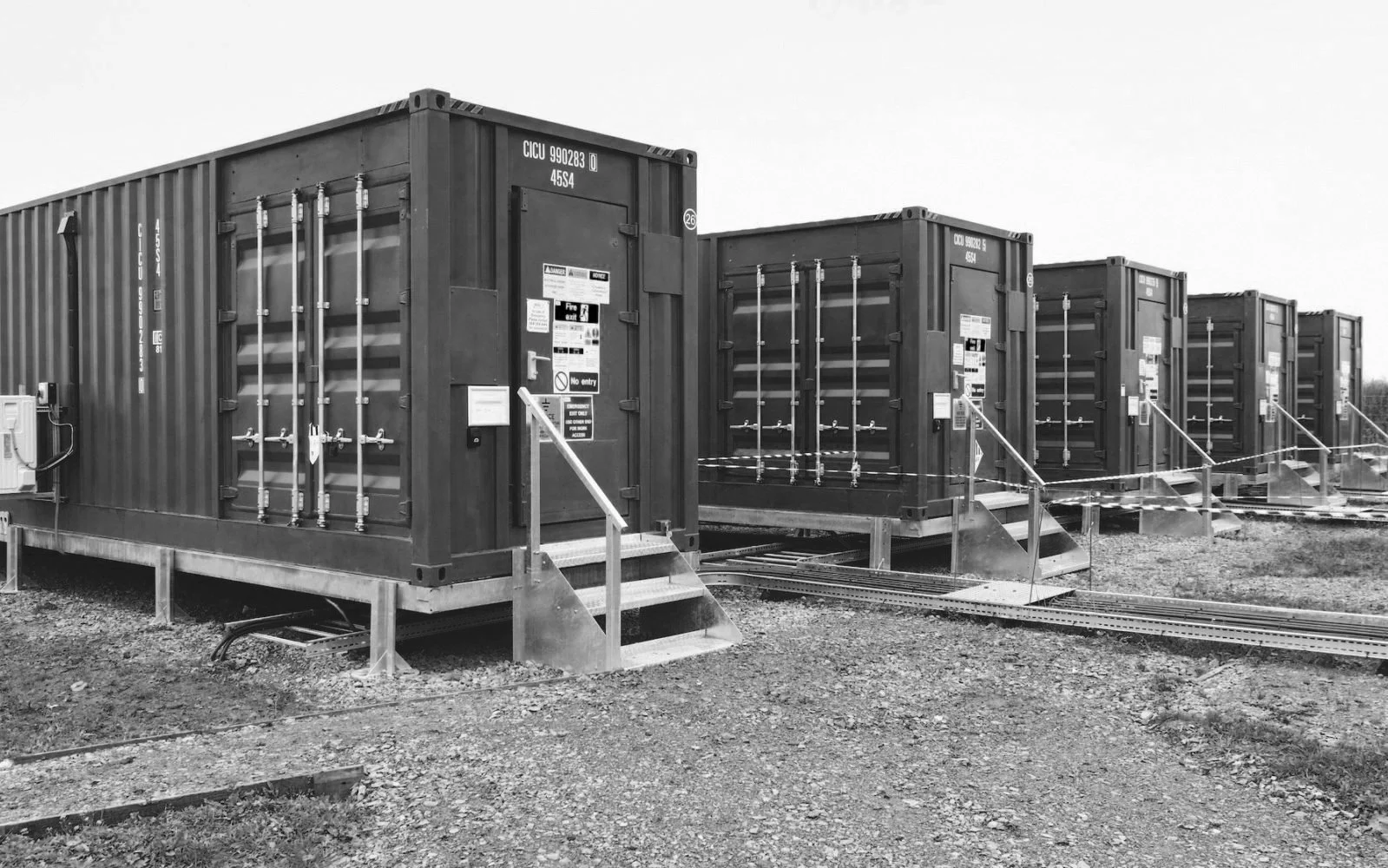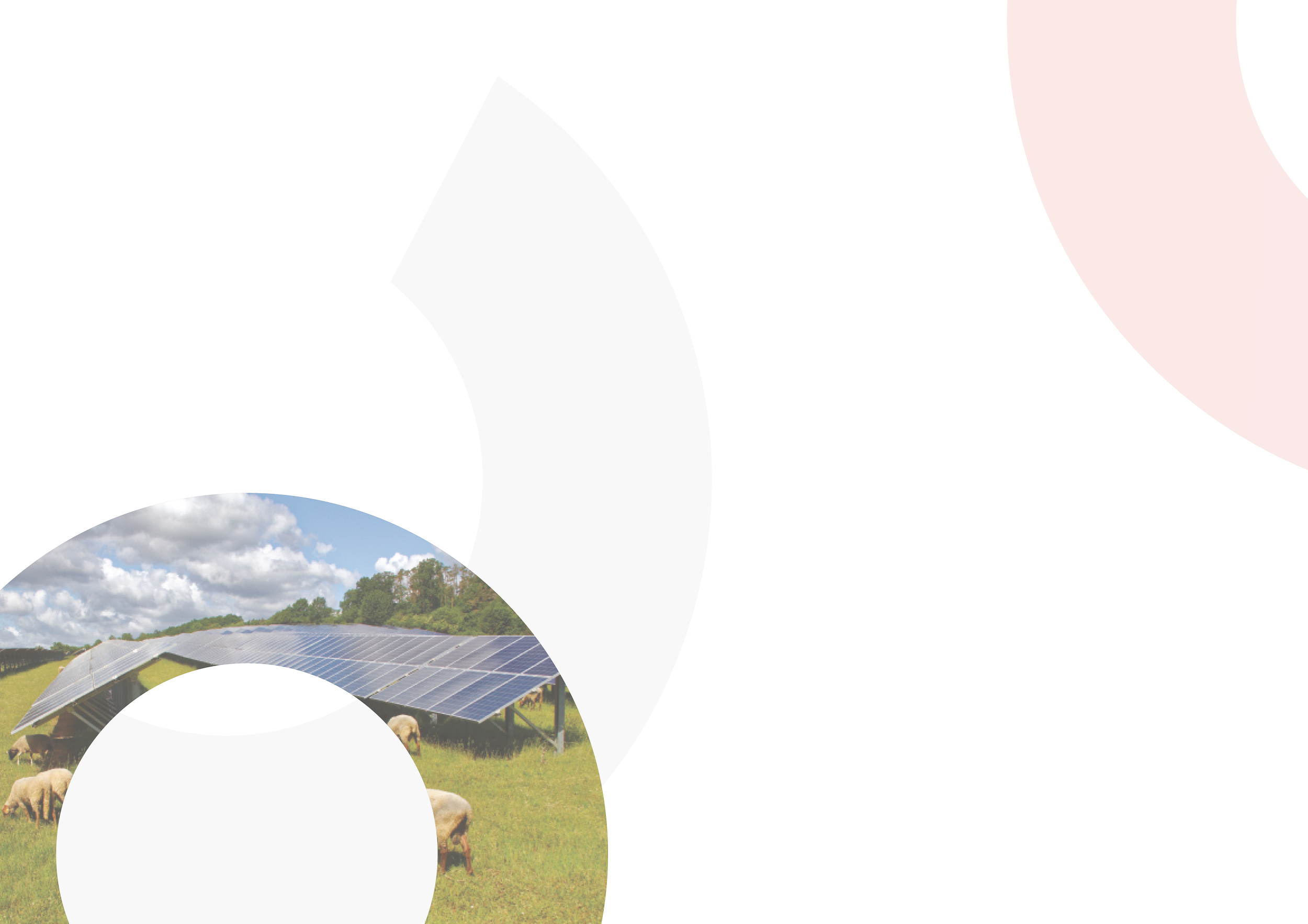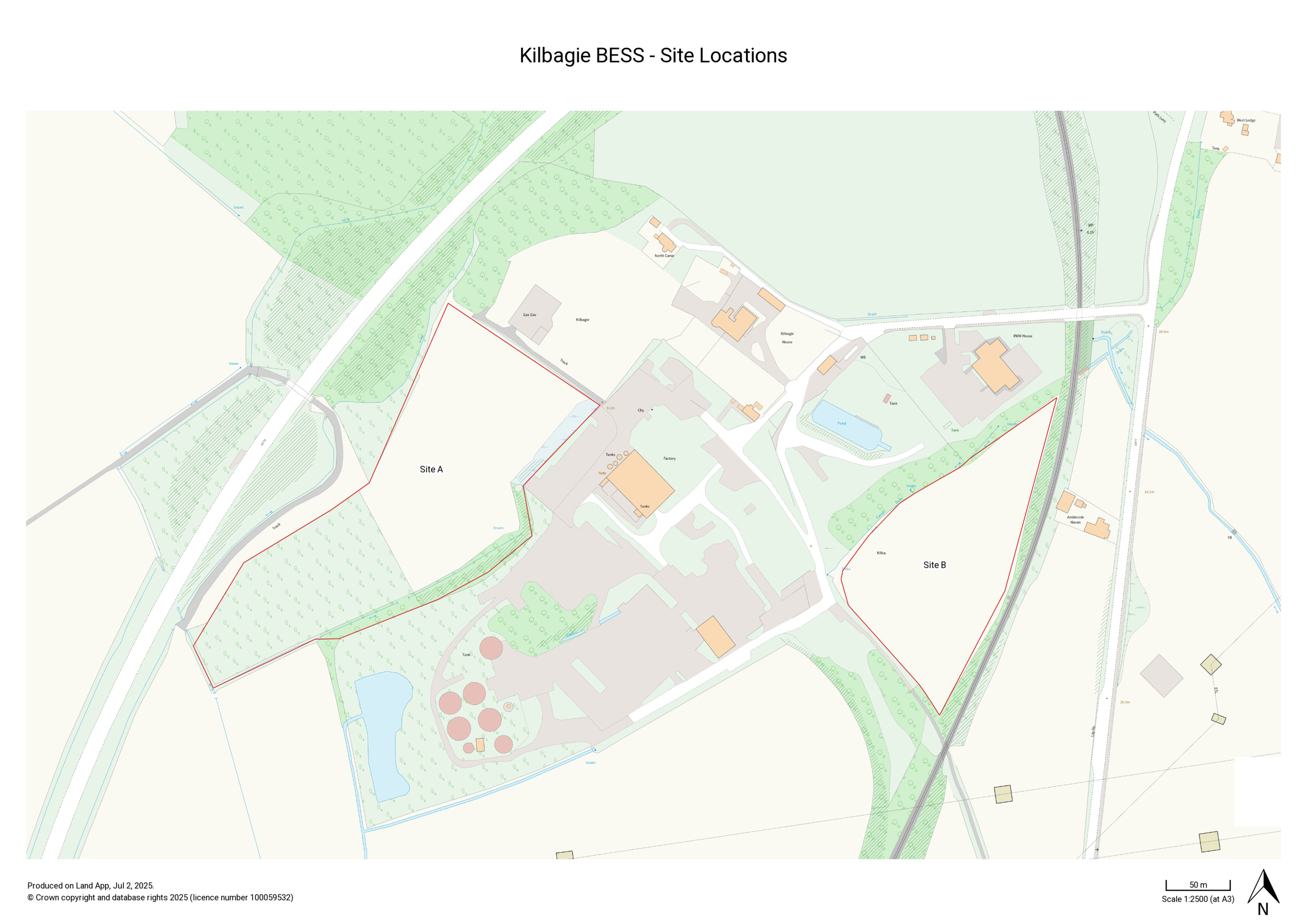
Kilbagie BESS
Proposed Development on Land North of Kincardine, between the A876 and A977, Clackmannanshire
About Econergy
‘Ecostor Kilbagie Ltd’ is a Special Purpose Vehicle (SPV) of Econergy International Limited. Econergy is an Independent Power Producer that builds, owns, and operates renewable energy projects across Europe. We are committed to powering the world’s future energy needs with sustainable, reliable, and innovative energy solutions. With over 200 projects under development generating more than 7 gigawatts of renewable energy, Econergy is a leader in the transition to a low-carbon future.
Learn more about Econergy at www.econergytech.com.

Project Overview
To view the application, please click the link here
If you would like to make representations to the ECU on the proposals, please follow the instructions below:
Click the link above to go to the application (ECU Reference: ECU00005240).
Click the ‘Representation’ tab on the ECU webpage.
In order to make a representation, you must be registered/logged in. Once you have logged in, please follow the instructions on the ECU webpage to make a comment.
Econergy is developing proposals for a Battery Energy Storage System (BESS) at Kilbagie, north of Kincardine, Clackmannanshire. The project will have a total import capacity of 249 Megawatts (MW), capable of powering 50,000 homes for 2 hours.
The proposed development is comprised of two sites on 5.7 hectares of land used for agricultural grazing, bordered by hedgerows and trees. Only one site, approximately 3.9 hectares is proposed for the BESS and associated infrastructure. The other site is proposed for habitat creation to support local wildlife. The site is situated in an area characterised by industrial and energy infrastructure, including Tillicoultry Quarries, the former Kilbagie Mill, 275kV Overhead Lines, and the proposed new 400kV Kincardine North Substation.
The proposed development will have an operational lifespan of approximately 40 years, after which the site will be restored to its former state. This project is a critical step in supporting Scotland and the UK’s transition to net-zero by 2045 and 2050, providing grid stability and enabling the integration of renewable energy sources like wind and solar.
Key Features of the Project
Capacity: 249 MW, enough to power 50,000 homes for 2 hours.
Location: 5.7 hectares of agricultural land at Kilbagie, north of Kincardine.
Grid Connection: Underground cable route connecting to the proposed Kincardine North 400kV substation.
Lifespan: 40 years, with full site restoration after decommissioning.
Site Location

Project design
The proposed development includes:
Battery Energy Storage Units: 249 MW capacity.
Ancillary Infrastructure: Cabling, transformer units, switchgear, control rooms, fencing, and CCTV.
Security Measures: 2.4m high metal fencing and intelligent sensor cameras.
Landscape and Biodiversity Enhancements: Planting and habitat creation to support pollinators and wildlife.
Why This Project is Needed
The UK Government has set a legally binding target to achieve net-zero carbon emissions by 2050, with an accelerated goal of 2030 for a net-zero electricity system. Scotland’s target is net-zero by 2045. Battery storage is essential for:
Balancing the Grid: Storing surplus energy during periods of low demand and releasing it during peak times.
Supporting Renewable Energy: Enabling the integration of intermittent renewable sources like wind and solar.
Reducing Carbon Emissions: Helping to decarbonise the energy system and combat climate change.
This project aligns with national and local policies, including the National Planning Framework 4 (NPF4) and the Clackmannanshire Local Development Plan.

Environmental Benefits
Carbon Reduction: Helping to reduce carbon emissions and combat climate change.
Biodiversity Enhancements: Planting species-rich grassland and scrubland, installing bat boxes and bird houses to support local wildlife, and creating reptile, hedgehog and invertebrate refugia t support local wildlife.
Community Benefits
Community Fund: £500 per MW per year, totalling nearly £5,000,000 over 40 years for local improvements.
Business Rates: Estimated at £125,000 per year, contributing around £5,000,000 over the project’s lifespan.
Economic Benefits:
Local Jobs: Creating employment opportunities during construction and operation.
Grid Stability: Supporting Scotland’s energy infrastructure and reducing reliance on fossil fuels.
Community Engagement
Econergy is committed to engaging with the local community throughout the development process. We have already undertaken:
Virtual Consultation Room and Information Events: Held in 2024, to explain the project and answer questions.
We will continue to work closely with the community as the project progresses.
Public Consultation: Held in 2024, with feedback incorporated into the design.
FAQs
-
Kilbagie BESS is a proposed BESS (Battery Energy Storage System) with an import capacity of 249 MW that could power 50,000 homes. It would be located on 5.7 hectares across two sites, one with the BESS infrastructure and one to support local wildlife. It is located in Kilbagie, north of Kincardine between A876 and A977.
-
Kilbagie BESS is being developed by Econergy, an independent power producer. Econergy has a proven track record of building, owning, and operating renewable energy projects across Europe with over 200 projects currently under development. We are helping to power the world’s future energy needs with world-leading renewable energy plants optimised to provide a consistent supply of sustainable energy with a significant environmental impact.
-
The ever increasing effects of climate change mean there is a significant and quantifiable need for the deployment of renewable energy generation and storage in the UK, which is being driven by UK Government legislation and policy. The UK Government has committed to meeting a legally binding target of net-zero carbon emissions by 2050, which now includes an accelerated political target of 2030 for a net zero electricity system under the Labour Government, known as Clean Power 2030. Energy security is also more important than ever, Kilbagie BESS offers a flexible way of storing energy that could power 50,000 homes.
-
The site for Kilbagie BESS was selected because of its proximity to associated existing and proposed energy infrastructure, including the Kincardine North electricity substation to be located approximately 500m to the South. The land for the BESS infrastructure (Site A) consists of a single field and the closest residential properties are located around 120m north east. The field is mostly well screened by existing vegetation, with good access off the strategic road network. The site and its surroundings have historic industrial use, which has continued with existing quarry related operations and proposed new energy infrastructure.
General
-
Battery Storage Systems can deliver major benefits to the environment, in addition to cutting carbon emissions and increasing flexibility of renewable energy. Econergy will seek to mitigate any loss directly or indirectly of wildlife habitats, environments and any associated natural systems – evidenced by our inclusion of an additional field, Site B, which is proposed to support local wildlife.
-
A Flood Risk Assessment (FRA) and Drainage Strategy (DS) have been submitted in support of this planning application. The site is not considered to be likely for river or coastal flooding, however has small areas of medium and high likelihoods for surface water flooding. The proposed development includes a sustainable drainage feature, and detailed drainage design will confirm the implementation of mitigation measures.
Environment
-
Ecostor Kilbagie will be submitting a full planning application via the Energy Consents Unit. As the Proposed Development exceeds 50 MW, it requires consent from the Scottish Ministers under Section 36 of the Electricity Act 1989.
Community
-
The area is approximately 5.7 hectares, located on two agricultural grazing fields. Site A is 3.9 hectares and proposed for the BESS infrastructure.
-
Existing overhead lines on the site are proposed to be moved and undergrounded under separate proposed works, not by Econergy. Kilbagie BESS will connect to the future Kincardine North 400kV substation via underground cable, with a maximum approximated distance of 500 metres. As the substation is not yet built, the exact underground cable route will be confirmed at a later date.
-
Kilbagie BESS would have an operational lifespan of approximately 40 years, before the Site is restored back to its former state.
-
Kilbagie BESS will facilitate renewable generation by creating much needed flexibility and applicability. It is therefore a vital part of a low carbon energy system and an important piece of infrastructure. This is critical for the transition to a low carbon future, as outlined in local and national policy. Renewable energy sources such as wind and solar power are naturally intermittent. Kilbagie BESS would be capable of taking energy from the grid when there is a surplus due to lower usage, such as on a particularly sunny or windy day, and feed it back onto the grid when there is more demand and/or less supply.
Technical
Safety
-
The design and layout of Kilbagie BESS has been developed in accordance with the National Fire Chief Councils (NFCCs) ‘Draft Guidance on Grid Scale Battery Energy Storage Systems’ (2024), and an Outline Battery Safety Management Plan (OBSMP). Fire hazard risks will accounted for and addressed comprehensively before an application is submitted, implementing best practice guidance and high quality procurement of equipment.
-
Traffic associated with Kilbagie BESS would be largely limited to the temporary construction phase, during which appropriate and proportionate management measures would be implemented. Traffic during operation would be limited to periodic maintenance/inspection.
It is likely that an existing field / farm access will be retained and enhanced to serve the Proposed Development.
-
Any potential noise levels at Kilbagie BESS will be secured through site design and conditional planning. A Noise and Vibration Assessment has been submitted as part of the planning application.

















